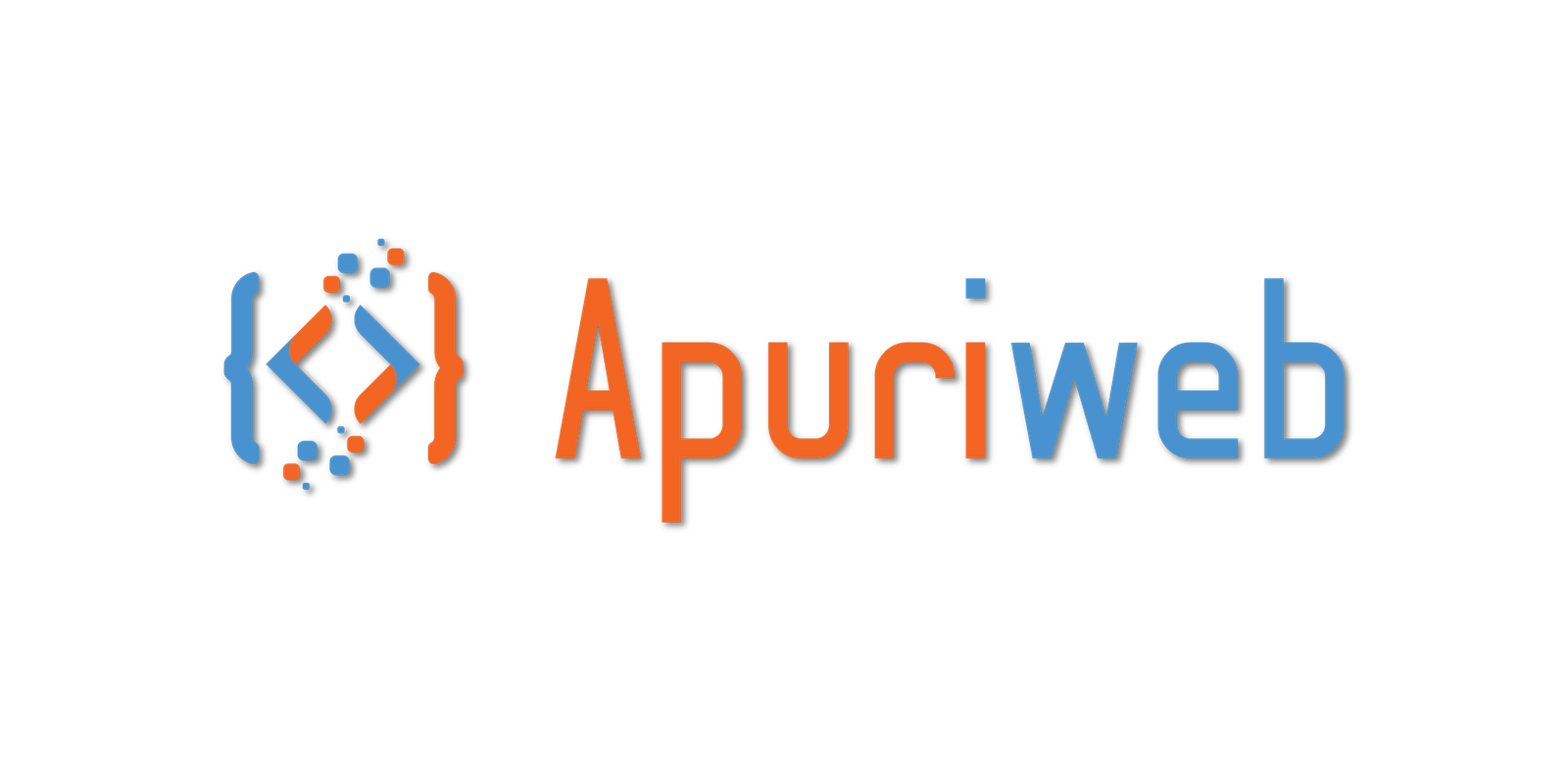
Email marketing is a digital marketing strategy that involves sending emails to a targeted audience with the goal of promoting products or services, building relationships, and driving engagement or conversions. It’s a powerful and direct form of communication that allows businesses to reach their audience in a personalized and cost-effective way.
Key components of email marketing include:
Building an Email List: This involves gathering a list of email addresses from individuals who have opted to receive communication from a business. This can be done through website sign-up forms, events, or other online/offline interactions.
Segmentation: Dividing the email list into segments based on specific criteria such as demographics, preferences, or purchase history. This allows businesses to send targeted and relevant content to different groups.
Content Creation: Developing compelling and valuable content for email campaigns. This can include promotional offers, newsletters, product updates, educational content, and more.
Personalization: Customizing email content based on the recipient’s preferences, behavior, or other data. Personalization helps make the content more relevant and increases engagement.
Automation: Implementing automated email campaigns triggered by specific actions or events. Automation allows businesses to send timely and targeted messages without manual intervention, such as welcome emails, abandoned cart reminders, or follow-up sequences.
Analytics and Tracking: Monitoring the performance of email campaigns through analytics. This includes tracking metrics like open rates, click-through rates, conversion rates, and other relevant data to evaluate the success of the campaign.
Compliance: Adhering to regulations such as the CAN-SPAM Act or GDPR (General Data Protection Regulation) to ensure that email marketing practices are ethical, legal, and respect the privacy of recipients.
Email marketing is versatile and can be used for various purposes, including lead generation, customer retention, brand awareness, and driving sales. When done effectively, it fosters a direct line of communication between businesses and their audience, building trust and loyalty over time.
